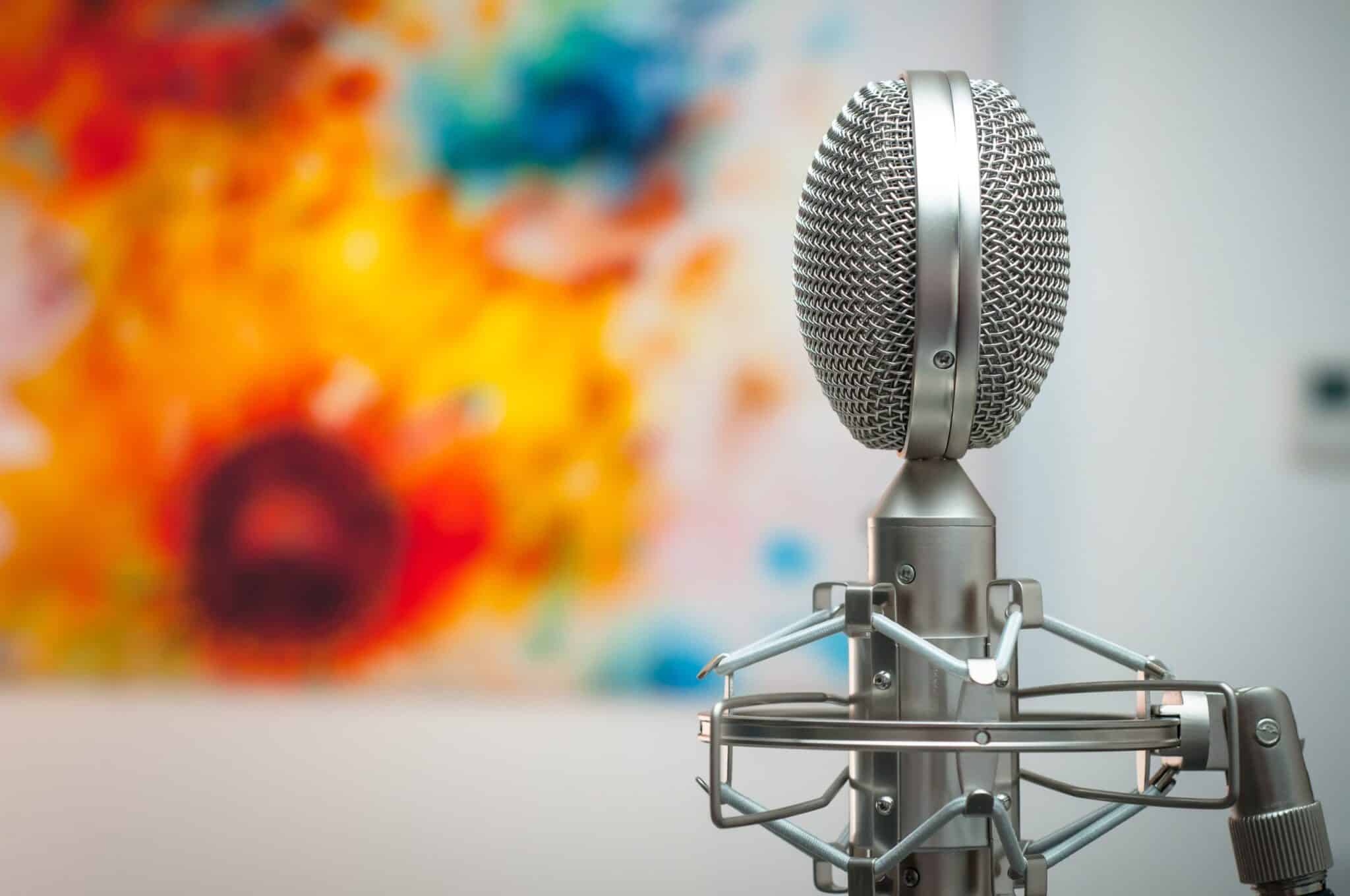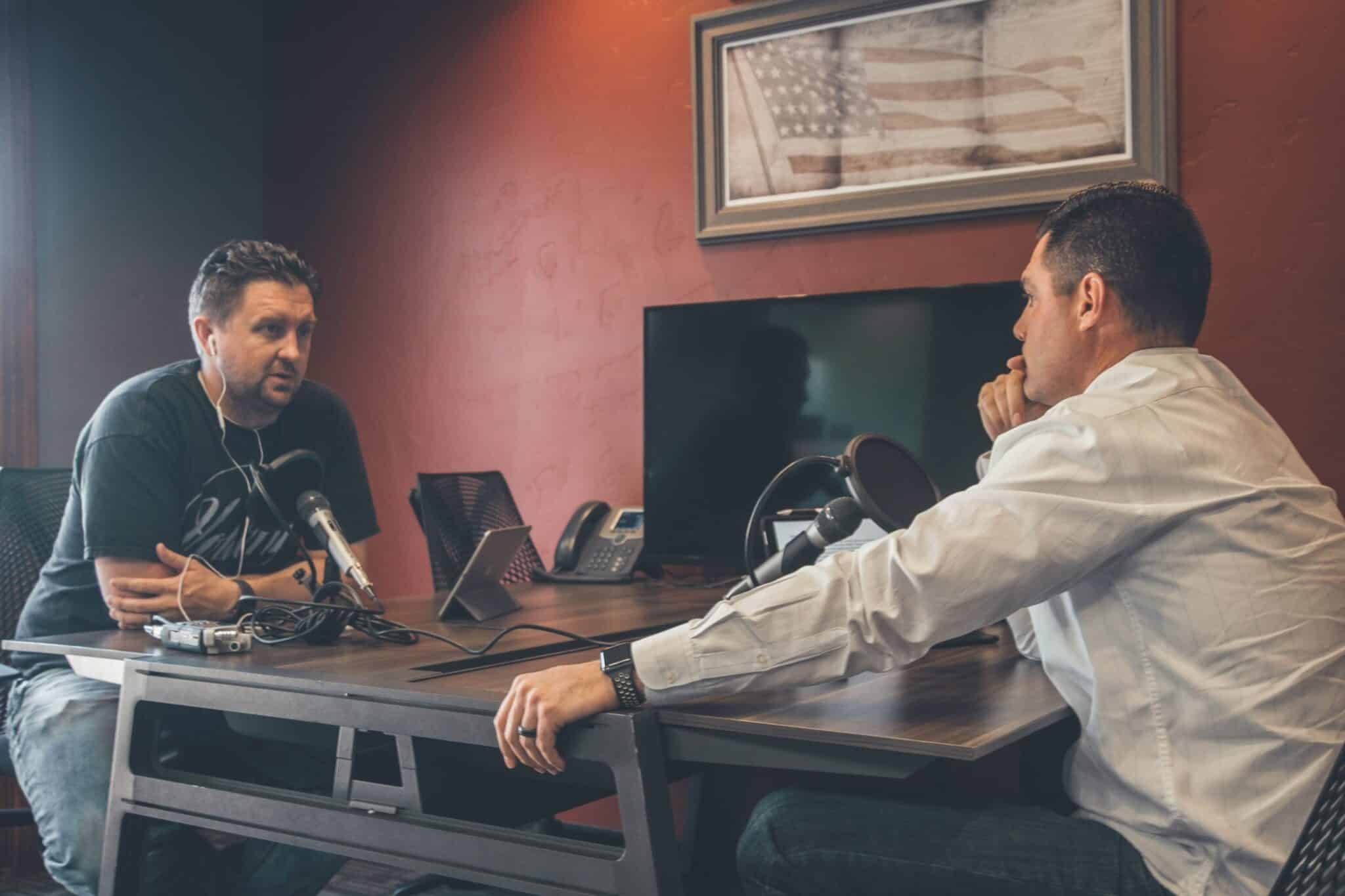Is there a right way and a wrong way to conduct a media interview? You bet, but now that content is an integral part of nearly every business, media interviews are being conducted by more than just media entities.
Standard media outlets continue to rely on interviews to produce broadcasts, articles and videos for news audiences, but now leaders in various business sectors are taking note. The goal of the interview is to speak with a source on a relevant topic that will resonate with an audience. It therefore makes great sense for interviews to be used in a variety of ways that now that content is king at many enterprises.
Business uses for media interviews include testimonials of products, offering video-centric ways to engage clientele, as well as provide methods for customers to offer feedback on services rendered. Interview use cases are seemingly endless, but can be positioned as an innovative content-driven strategy to reach and engage with new audiences.
Regardless of the context or the industry, all media interviews can follow a simple process that makes them more efficient to capture, as well as assist video producers in distributing them to greater audiences.
Interviewer challenges
Conducting interviews is easier said than done. From scheduling the subject to be interviewed, to conducting the interview itself to analyzing key points and deducing which pieces are important to highlight, the process can be quite manual. Interviews take significant time to produce – and produce well.
When interviewing, the interviewer needs to consider much more than just the content itself. Yes, asking thought-provoking questions to generate exciting and entertaining content is critical, but media and businesses would be doing themselves a disservice to not also analyze and predict how they’ll target the right audiences and reach the greatest pool of relevant viewers possible. This data and analytics component also costs media professionals and business leaders a great deal of time.
When investing in a content strategy and interview production, it’s important to ensure a process is created and followed for guaranteed efficiency and time well spent.
Streamlining the interview process
There are some key tips professionals can take note of to help make media interviews more efficient and streamline the process.
-
- An effective interview requires prep work: Take the time to research the subject of your interview so you can come prepared with effective questions to ask them, as well as ones which will generate buzzworthy content. How far can you go in terms of what you’ll ask? Do you want it to be controversial in nature or keep it more matter of fact. Are there any questions you should avoid entirely as they may derail how much your subject is willing to share? Defining the objective and end result of the interview and what you want to achieve will make for a much clearer process and help set up the answers you’ll aim to achieve to produce the strongest post-interview content piece possible. Additionally, uncovering answers from online research will help save you time when face-to-face with the interview subject so as not to waste your time or theirs with information you can easily access online or through prior research.
- Prepare an interview outline with potential alternative questions to minimize silence, but also use silence to your advantage: Not every interview subject will be the most verbose. Ensure you have clear questions and alternatives laid out ahead of time. You may need to press them or reword questions and ask them in different ways to get the interviewee to open up and share the information you’re seeking. While silence can then be minimized, oftentimes silence is a trait that can also be applied when interviewing someone. If you pause and let them gather their thoughts and wait, oftentimes they’ll continue to share and you’ll walk away with strong nuggets and quotes to utilize. It should be less ‘you’ and more them talking to make for the strongest sound bytes and most to work with.
- Come up with “stop” phrases to be able to smoothly stop the interviewee and move onto the next subject without losing time: You may often encounter the alternative, where the interview subject is a true conversationalist. They’ll continue speaking well past the point of what you want to feature. Ensuring your time is spent well, especially if it’s scheduled to a finite time period, can be critical to get the sound bytes you need to meet your objectives. Coming up with courteous phrases to use to get the subject to move forward to the next question will help smooth things over to ensure they’re not offended when you do need to cut them off.
Utilizing technology to produce interview notes & serve as a reference
-
- Effective interviewing happens when you’re in the moment: Jotting down notes quickly while your subject is speaking can prevent you from being fully present during the interview and miss points to jump off of or have the subject expand on. So many technologies now exist to lift the note taking burden from you so you can truly focus on the conversation at hand. For example, transcription tools based on AI can help to generate real-time, word-for-word notes on everything the subject is sharing and allow you to reference back points which were shared as the interview is happening live. Being able to go back and reference a transcript after the fact can help to ensure nothing important was said and missed as well.
- Using transcription and technology for legal backing: Ensuring you have a word-for-word transcript of everything your interview subject shared, especially when they’re a high-profile individual, can help give you and your media outlet or business owner peace of mind. If controversial items are shared, having the recording and a record via a transcript will help to prevent any potential lawsuits from occurring.
- Reducing manual efforts: Removing the manual aspects of the interview process and leaning on technologies to achieve them can save you significant time and resources. For example, using technology to generate the word-for-word transcripts rather than have to go back and listen to the recording and hand produce the transcript can save you hours. Using these tech tools can also help you scale, as you can dedicate more time to more interviews rather than producing one piece of content which has tedious tasks that accompany it.
- Enlist a partner with tools made for media interviews: Utilizing a trusted partner like Verbit which specializes in media and interview needs can make a real difference. For example, Verbit uses both technology and professional human transcribers to fact check the transcription work. This dual process can offer you assurance of the quality and accuracy of the transcripts and quotes being produced. Verbit also provides search functionality to make video captured searchable based on the text. If you remember a great quote was said using the word ‘quarterly’ for example, but can’t remember when in the interview it was mentioned, you can use this search functionality to uncover the quote immediately.
- Relying on fast turnaround & reduced spend: The turnaround time of utilizing technology providers to help produce these notes and transcripts will also help media producers and content creators to scale and spend their time more efficiently. These turnaround times simply can’t be achieved by humans alone. Technology is also much less costly than the human touch in many of these time-consuming, manual use cases.
Considering viewers’ needs
Once the interview has been captured and the content is being produced efficiently, media and content creators would be amiss to not consider how their viewers can best engage with their content.
With so many individuals watching video content and interviews on-the-go or silently, captioning is key. Captioning is also being used by an array of audiences as an extra visual aid to fully understand what was said. Captioning can come into play even further when an interviewee has a heavy accent or speaks quite quickly. They can also help viewers consuming your content in a language which is not native to them.
Additionally, ensuring live and recorded interviews are accessible to individuals with disabilities is critical due to ADA and FCC requirements. Captions are needed by those who are deaf and hard of hearing, but can also help to further engage those with learning disabilities or who have ADHD as well. Adding these additional components to your video interviews will ensure they’re compliant to legal requirements and are able to be watched effectively by the greatest number of viewers possible.
Investing in video interviews thoughtfully
Video is not inexpensive to create and edit. Media producers are in serious need of shortcuts and time savers to make the process less expensive and more efficient.
Taking the time to analyze your reach and targeting of relevant viewers will help to make the investment in video more justifiable. Utilizing more technology, such as embedded captions or transcription production, in the process will help you to accomplish the task of reaching varying audiences while also saving media producers significant resources and time. Not to mention, these tools help to safeguard them from dealing with potential lawsuits when controversial interviews or quotes are published.
The demand for video content and snackable social clips with captions will only continue to accelerate. Businesses and media outlets will continue to turn to video interviews for an array of use cases, as well as the common and primary use of reporting on events and facts. However, continuing to produce inspiring and entertaining video content and interviews will only keep you competitive if you’re able to do so efficiently and with respect to your bottom line.






